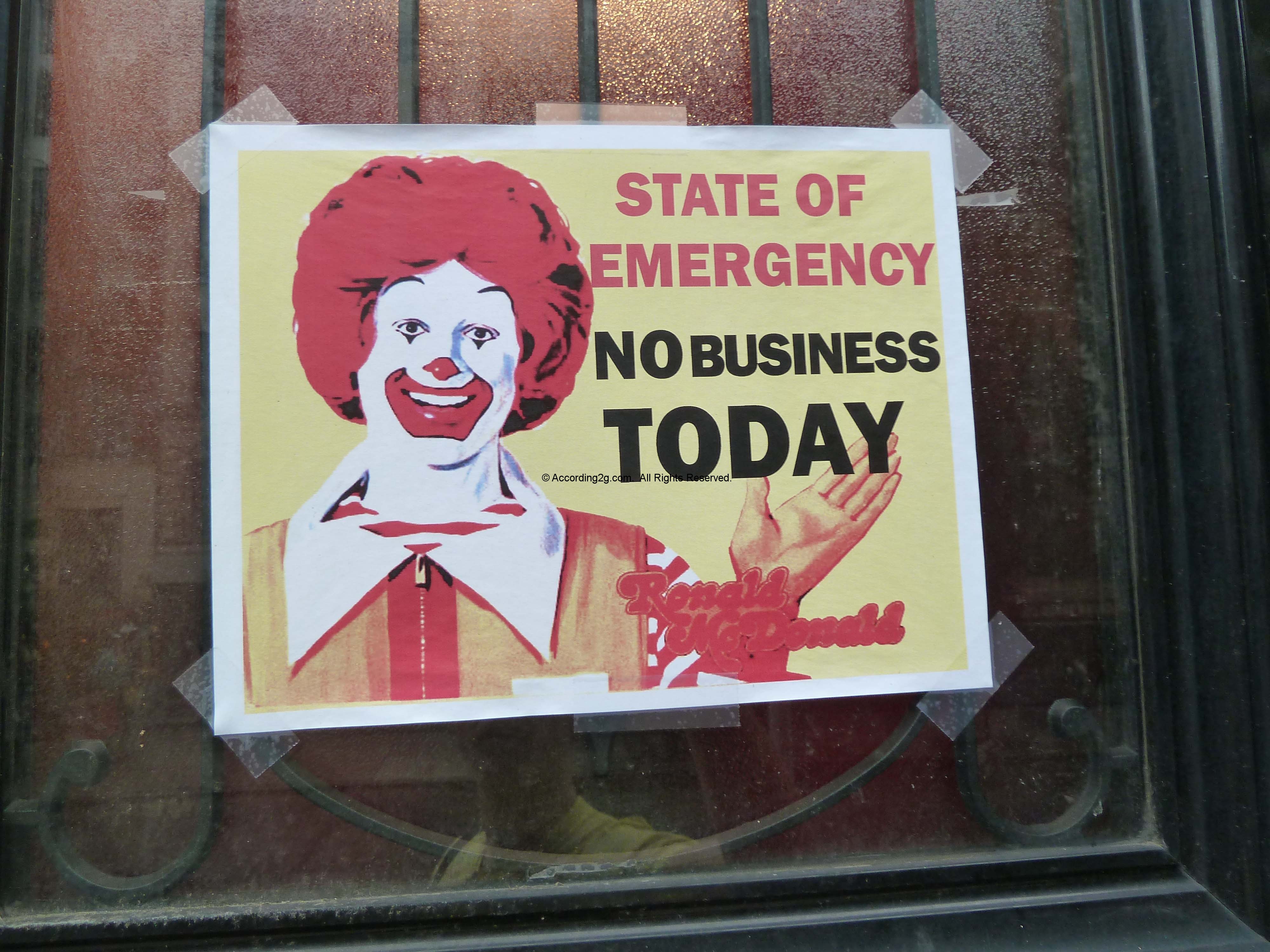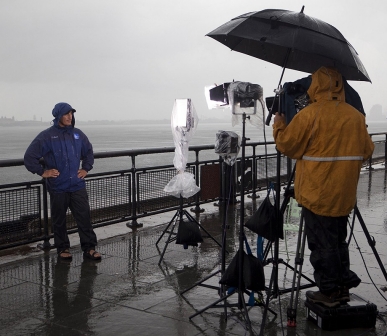
WILL BUNCH: Longtime media writer Howard Kurtz, now with the Daily Beast, nailed the disparity when he said that although Irene did prove to be a Category 1 storm, causing significant disruption, it received Category 5 coverage into the weekend. Jason Samenow, chief meteorologist with the Washington Post‘s Capital Weather Gang, which is receiving kudos for its accurate and restrained reporting, said last night that some cable anchors were still reporting that Irene could strike New Jersey and New York as a major hurricane long after his team determined that it clearly was weakening. “You want to raise awareness of the possible worst-case scenarios in order to take the storm seriously – but in order to do so some media outlets resort to hysteria and hype,” Samenow said. He added that such reporting can be spun as a public service even as fear and hype drive the ultimate real goal of any for-profit venture like the Weather Channel (owned by Philadelphia’s Comcast), which is higher ratings. “The gulf between informing people and exploiting this is very, very wide,” agreed Jeff Jarvis, director of the Tow-Knight Center for Entrepreneurial Journalism at City University of New York and a well-known media critic. But there were lots of mixed motives here. Journalists wanted higher ratings and maybe a career-making story (remember, CNN’s Cooper got a prime-time gig for his wrenching Katrina coverage in 2005) – while politicians wanted to keep citizens safe but also boost their flagging poll numbers. After all, New Jersey Gov. Chris Christie and New York Mayor Michael Bloomberg – who gave frequent news conferences and  ordered suprisingly large evacuation zones – were both under the gun for lame responses to last winter’s major blizzard (Christie had decamped to Disney World, you may recall). President Obama, who addressed the nation from FEMA headquarters and again last night, seized a chance to display command in the week when his Gallup approval rating hit a record low of 38 percent. MORE
ordered suprisingly large evacuation zones – were both under the gun for lame responses to last winter’s major blizzard (Christie had decamped to Disney World, you may recall). President Obama, who addressed the nation from FEMA headquarters and again last night, seized a chance to display command in the week when his Gallup approval rating hit a record low of 38 percent. MORE
RELATED: What had happened is that the night before landfall, Gloria took a sudden 40-mile jog to the east. The cyclone slid harmlessly east of the big cities, showing her weaker western side instead of the destructive northeast corner. Irene has put on a remarkably similar show. Within the limits of forecasting error, Irene’s projected path makes it was impossible to rule out a major disaster. But, as a dangerous Category 3 storm within two days of land, something similar to what happened to Gloria occurred. Instead of going slightly off course, the power of her winds dropped markedly, at least as measured by hurricane hunter aircraft. Because it is prudent to not respond to every little tropical cyclone twitch (such as Gloria’s jog or Thursday’s wind drop), the Thursday evening forecast was virtually unchanged, the Internet went thermonuclear, and the Weather Channel’s advertising rates skyrocketed. From that point on, it became all Irene, all the time. With this level of noise, the political process has to respond with full mobilization. Hype begets hype. MORE
RELATED: Wanted, A Few Good Men
